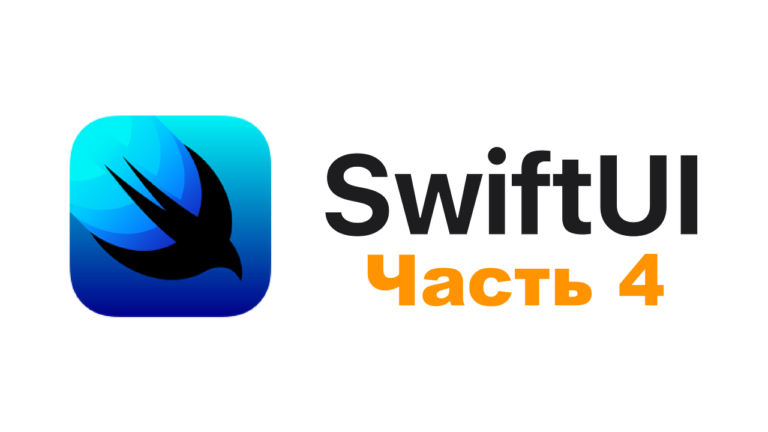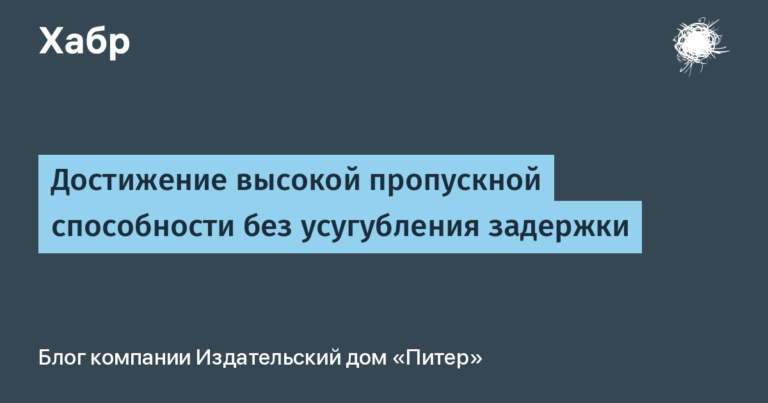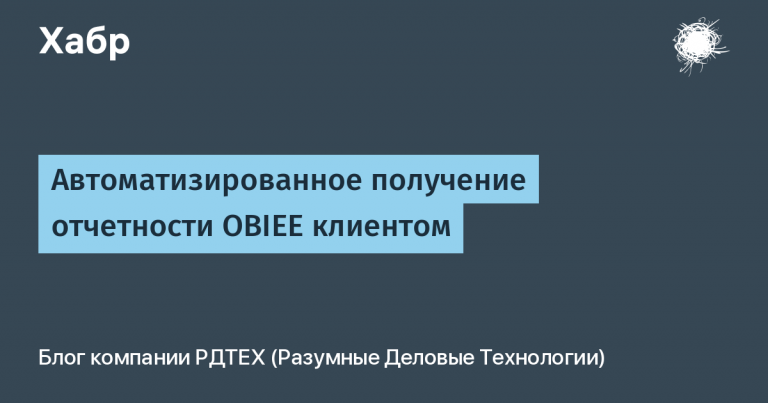One year of remote work at Figma
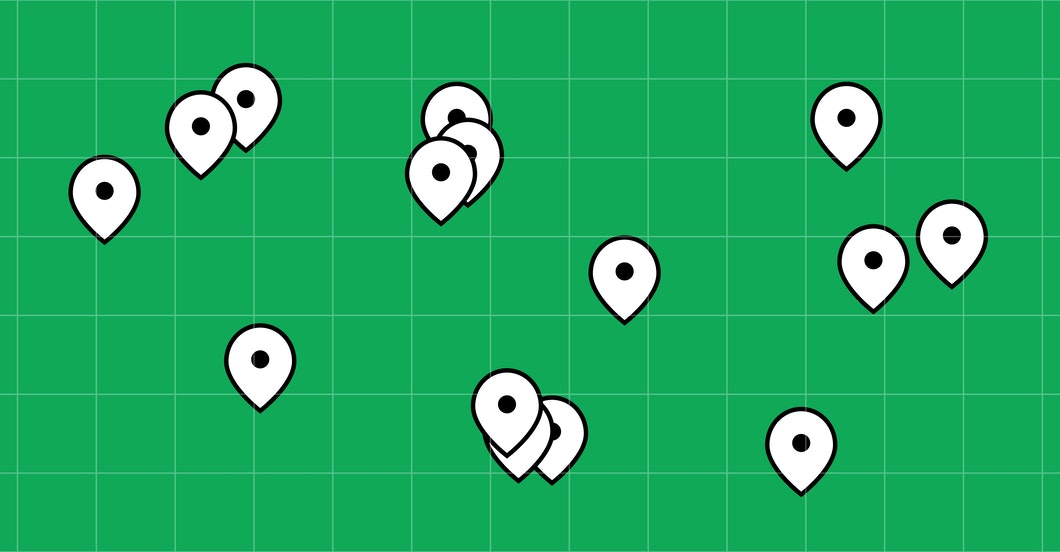
Optimization of remote work
Going to last March remotelyFigma, like many other companies, began to look for ways to organize collaboration and transfer offline processes and workflows online. As we increasingly used Figma as a virtual home for various processes, from brainstorming and research before team building, then we have developed a hypothesis about ways to change the environment: if we develop, organize and implement collaboration patterns created specifically for remote work, then the efficiency of collaboration will increase, and this applies not only to design. This projected increase in collaboration efficiency would mean templates make it easier to work remotely, and could potentially relieve some of the pain points that our users (and ourselves!) Have complained about.
The development department quickly created a “template picker” that allows users to create new files from empty presets or templates for various remote work samples. We ran an experiment on a subset of our user base, offering a template picker to our experimental group. The challenge was to see how teams would use these templates (if any), and assess their ultimate impact on collaboration.
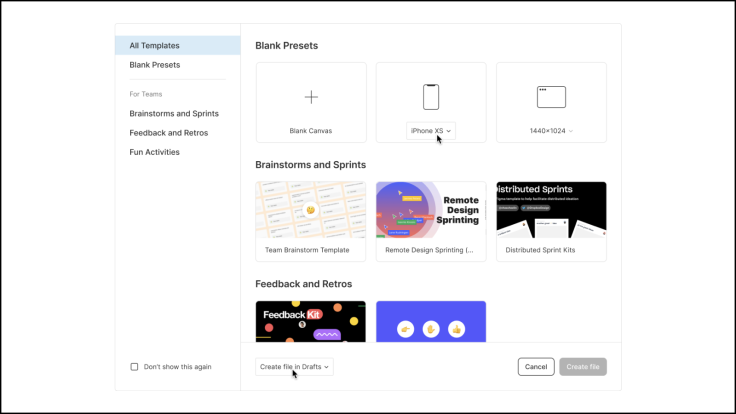
The template picker used in the experiment
Our discoveries
We found that users who received the Template Picker had a 5% more collaboration rate. It is measured as the percentage of users who make edits or comments to the shared file. In addition, we noticed that with the template picker, users discovered new features – 10% more users discovered frame presets, and 90% more users used Figma Community files in their creative process. This applied to both designers and their non-design colleagues – the most popular files included both specialized design templates (for organizing remote design sprints), and more general ones, for example, whiteboarding and team building templates.
Even though the experiment was conducted with part of our user base, it did not go unnoticed. We’ve received positive feedback on social media and requests to add document templates for other use cases to the picker. Work teams not only used this content, but also thanked for it. The main task of Figma Community is unite usersso that they can share, learn and communicate. It was the perfect example of how we can find ways to collaborate in a world where telecommuting has become so important, relying on each other’s work.
However, the most important discovery was that we already knew that collaboration extended far beyond the boundaries of design. And the more people get into the stream of collaboration in product design and UX, the more likely they are to improve the quality of their collaboration in other situations as well.
Cooperation map
Noting the positive community response, we decided to quantify the change and match patterns across companies and regions, especially considering that more than 80% of Figma users are located outside the United States. The world is moving towards remote work, and we are seeing increased collaboration between countries and time zones. The image below shows invitations and file exchanges between users in different countries. Each link denotes an exchange, and each country is colored according to the amount of international cooperation – the darker the country, the more collaboration.

More on what we found:
Between regions
In 2020, Europe was the region with the most active growth in international cooperation: in February 2021, the number of file exchanges doubled compared to the same month last year. Globally, the number of files being worked on together in different time zones in February 2021, compared to the same month last month, increased by 3.5 times (and for all files in general, the increase was 2.6 times).
Between designers and their peers
Within teams, we are seeing a trend of more non-designers joining their teams’ design workspaces and becoming part of the design process. In professional teams and organizations, the ratio of designers to non-designers increased from February 2020 to February 2021, and there are 25% more non-designers for every designer in the team. With the growing need for asynchronous communication, designers share their files in view-only mode with peers to get real-time feedback. This trend is reflected in both an increase in the number of files that designers share with their non-designer colleagues (+ 140%) and an increase in the editor / viewer ratio (+ 12%) over the past year.
Within the design process
We also noticed that more teams started collaborating in Figma earlier in the file lifecycle. For 90 days, we measured the “time to collaboration” metric, measured as the number of days elapsed between the date the file was created and the first time the file was opened by another employee (not the person who created the file). The average time to cooperation fell 11% from the period before the COVID pandemic to the second quarter of the year (when most companies started working remotely), and remained stable until the end of 2020.
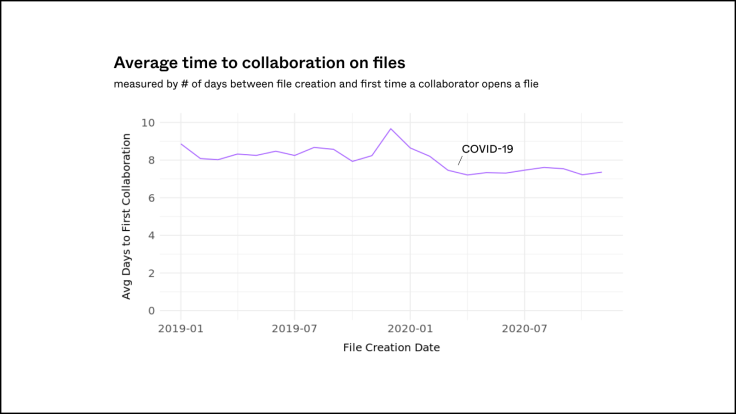
Transferring offline processes to online
Studying the data obtained (in addition to our experience of remote work in Figma), we noticed that designers are increasingly sharing files with their colleagues from related industries, and that this collaboration has more flexibly flowed into the structures of organizations and teams. We’ve reached out to Atlassian and Dropbox to review their observations and compare pre-COVID post-COVID collaboration statistics.
Collaboration between people of different professions at Atlassian
Early March 2020 Atlassian actively started using Figma right after it closed its offices due to the pandemic. Designer Jake Miller told us that going to work on a file in Figma strongly reminded him of the feeling of working in an office with colleagues. “Watching the cursors move gives you a sense of collaboration, not just handing over a piece of work,” says Jake. “The design process becomes socialized.” And this level of collaboration goes beyond the design team, it is interdisciplinary. Thanks to using Figma files in Confluence“Everyone becomes part of the design process,” says Jake. “No one remains excluded from the cycle.”
Most importantly, being able to collaborate on the same file is less like remote work and more like teamwork. “We didn’t even realize what we were losing in the design process. Thanks to this, remote work has become like teamwork again. “
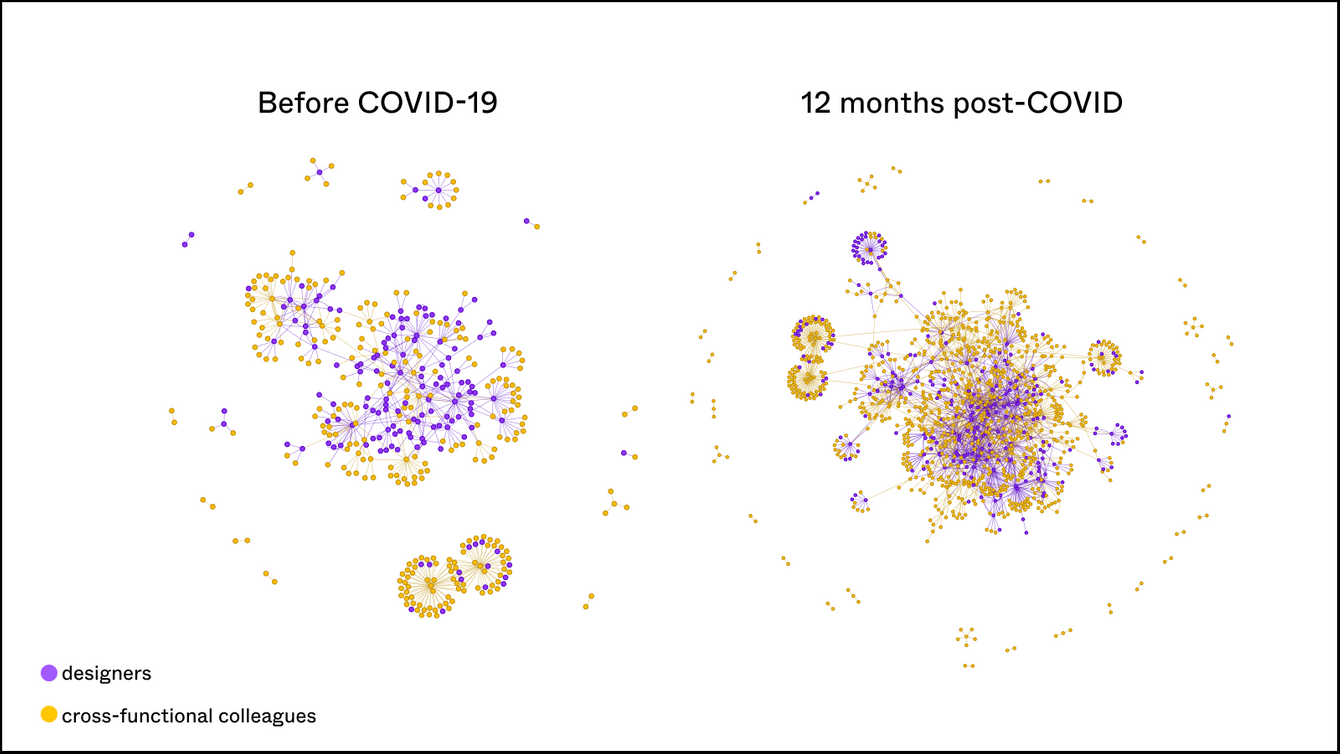
Atlassian team collaboration graph in Figma before and after COVID
Asynchronous First in Dropbox
As one of the parts transition to a model based on virtual workDropbox has moved the share of meeting collaboration to a file-based experience, opting for the default asynchronous model.
“While employees naturally tended to resolve work issues through video calls, it resulted in Zoom fatigue, communication overload, constant contact and lack of time to focus on strategic and creative work,” said Alistair Simpson, VP of Design at Dropbox.
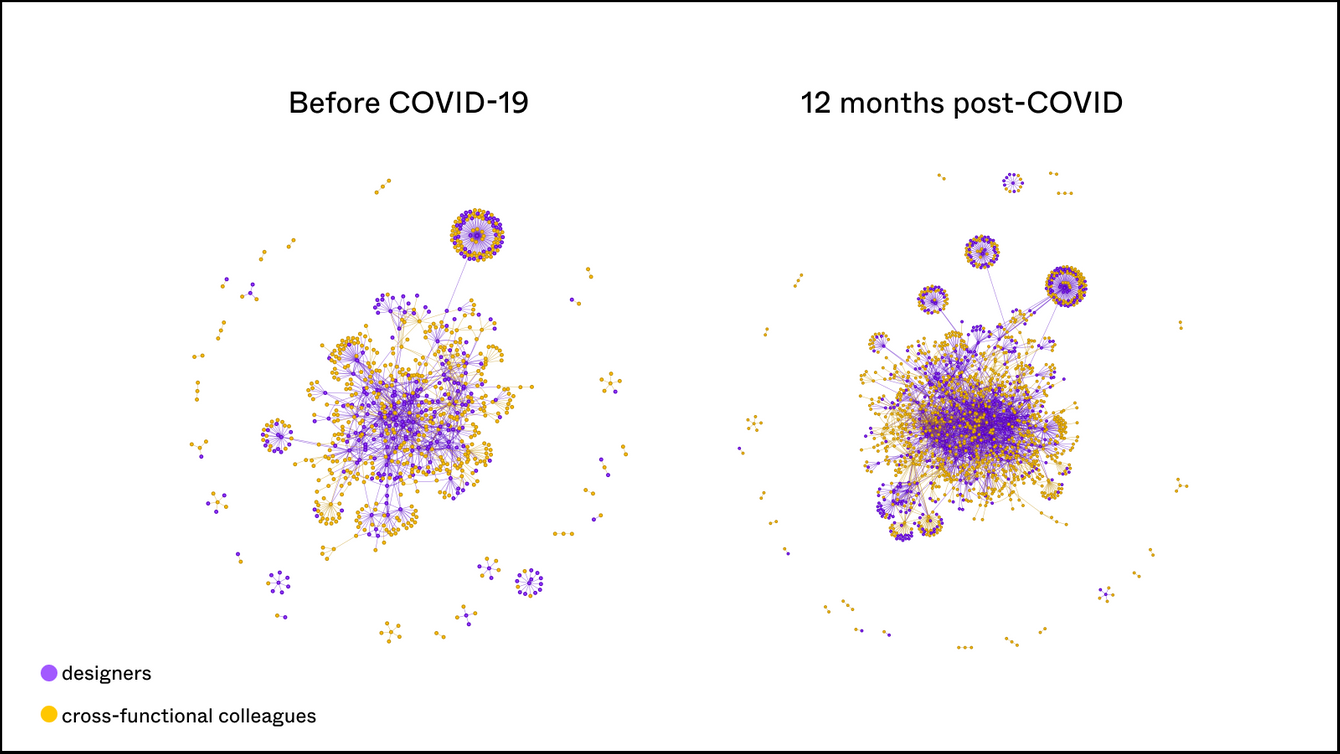
Dropbox team collaboration graph in Figma before and after COVID
Instead of relying on meetings, the Dropbox design team has moved the bulk of their work to collaborative files. Alistair says this new way of working saves the team’s most important resources: time and energy. “When working asynchronously, pauses between messages and verbal communication are not only acceptable but also preferable. They create space for improvement and add value to the time together, ”says Alistair.
The team also strives for the most open exchange possible, which leads to the demonstration of the work to a wider audience. “Instead of having a large meeting, we started recording the results of the design analysis and sharing them through notes that employees can review at the time they want,” says Alistair. “Practices like these allow us to level the playing field and become more flexible designers.”
Over the past year, many companies have fundamentally changed the way they operate, or even fundamentally changed their business model. While telecommuting was definitely an improvement to some extent, we hope that some of these changes – open communication, greater involvement of employees in processes and exchange between different teams – will remain after it.
